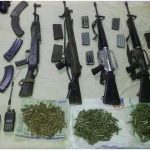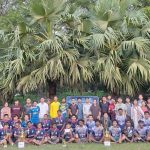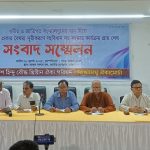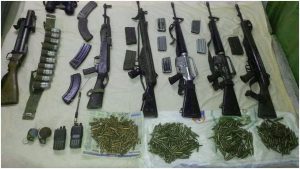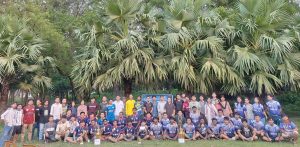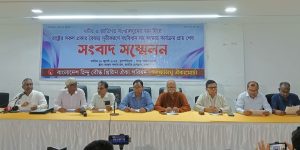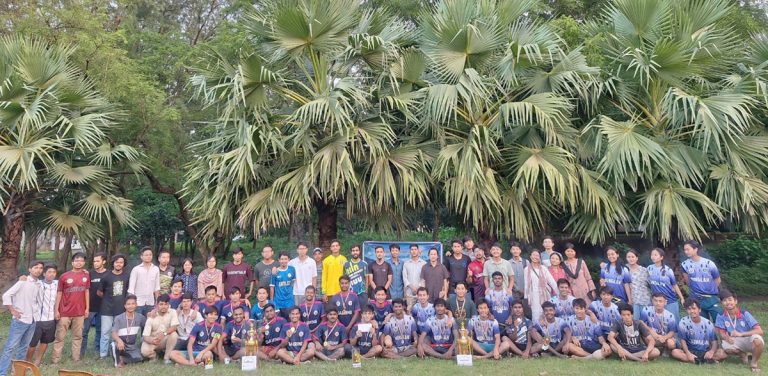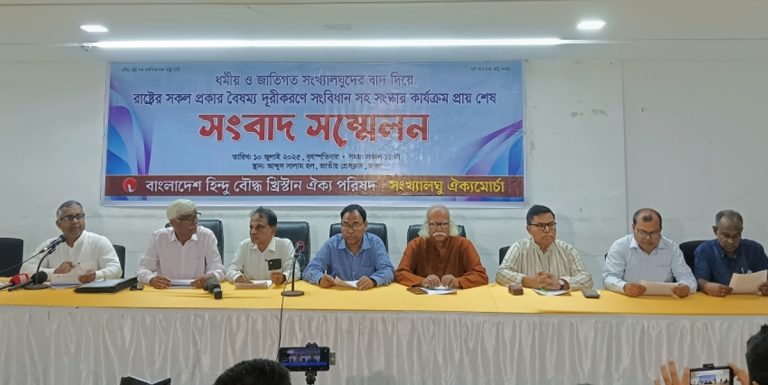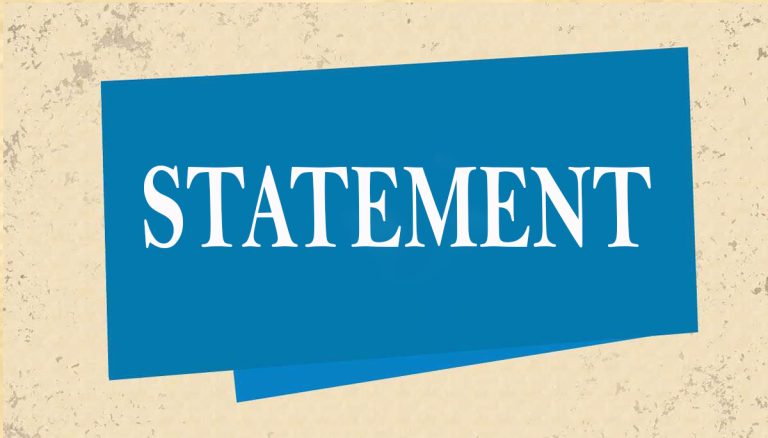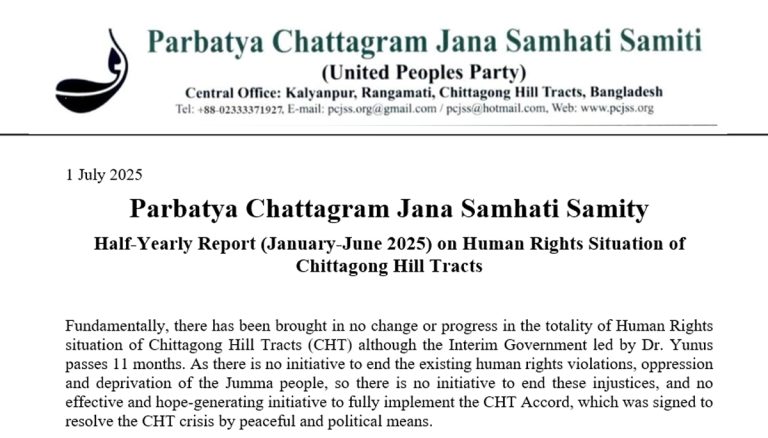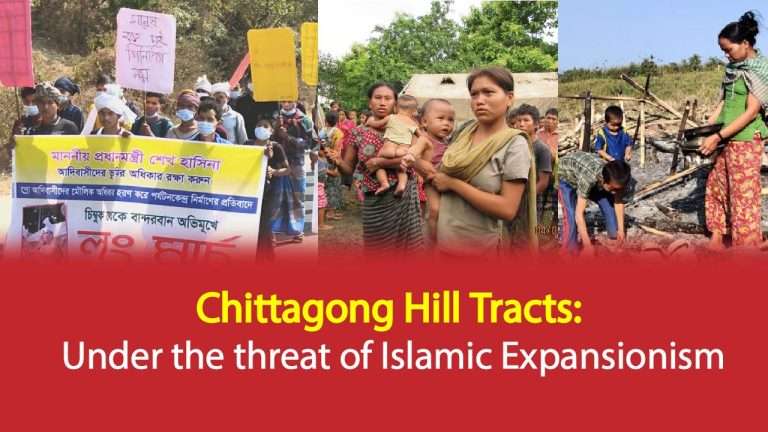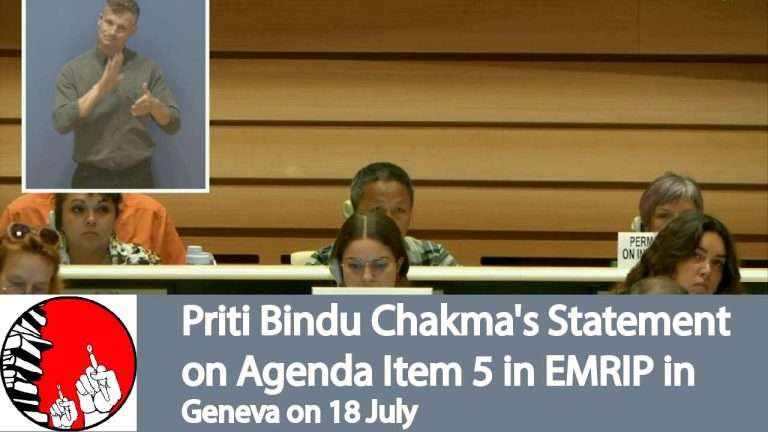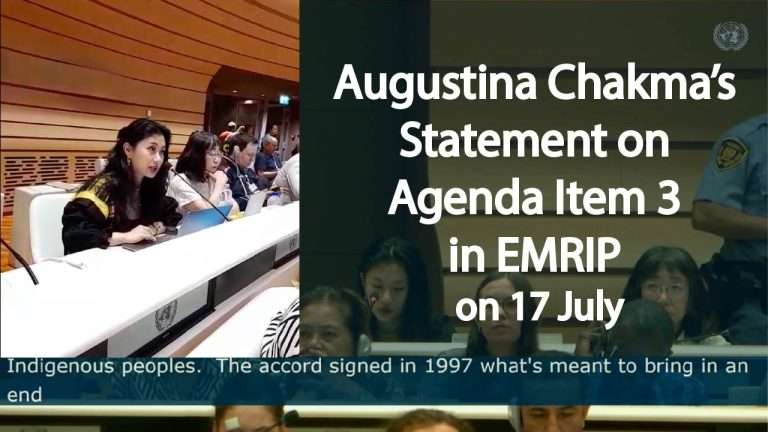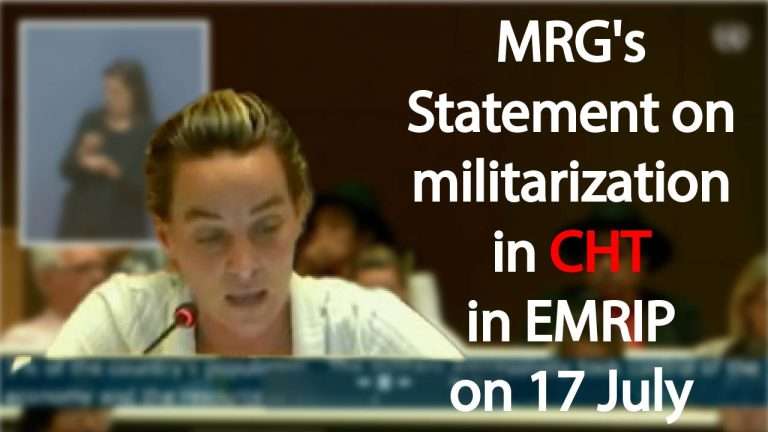Hill Voice, 2 May 2020, Rangamati: Chakma Circle Chief Raja Devasish Roy has taken a great initiative of the time for coordination in civil society activities on combating coronavirus in the Chittagong Hill Tracts.
It is learnt from the Facebook wall of Chakma Circle Chief Raja Devasish Roy that senior civil society leaders of Rangamati town, including former chairman of Rangamati Local Government Council and Convenor of CHT Citizens’ Committee, Goutam Dewan, former minister, Moni Swapan Dewan, Adviser to the Chakma Circle, Rani Yan Yan, former National Human Rights Commission member, Nirupa Dewan and faculty member of Rangamati University for Technology and Science, Dr. Ranajyoti Chakma had a lengthy discussion with the Chakma Circle Chief, Raja Devasish Roy at his residence on 30 April 2020.
The main agenda was how bring forth greater coordination between CHT civil society actors dealing with the Coronavirus pandemic, especially to avoid, both total exclusion on the one hand, and unnecessary duplication on the other.
The leaders reached consensus on the following matters. They acknowledged the importance of supporting the anti-Corona measures of the Government. However, despite the concerted efforts of the government led by the Hon’ble Jononetri Sheikh Hasina, they feared that the contextual needs of remote and marginalized communities may nevertheless remained unfulfilled.
They therefore emphasized the need for civil society organizations and networks, including NGOs, to work alongside the government.
The leaders urged all concerned, to initiate, and to continue, upscale and expand, where already commenced, measures to combat the Coronavirus pandemic in the hill region.
The leaders agreed to collaborate with each other and with key CHT civil society leaders, groups, organizations and networks within and outside the hill region, to bring about the desired activities and impacts.
Among the crucial themes immediately highlighted were: (a) awareness raising; (d) direct food aid to disadvantaged individuals and groups; (c) campaign for growing more food; and (d) employment for retrenched factory workers and other unemployed youth.
The leaders drew up a list of key individuals and organizations with whom they would constantly liaise. They will also set up a database, which would guide civil society actors to identify the sectors and population groups that required the most urgent attention.
Retrenched and otherwise unemployed former workers of the RMG sector, remote and marginalized communities, internally displaced persons, the sick, pregnant women and lactating mothers, the elders, infants and young children, and persons with disability were among the disadvantaged groups identified.
